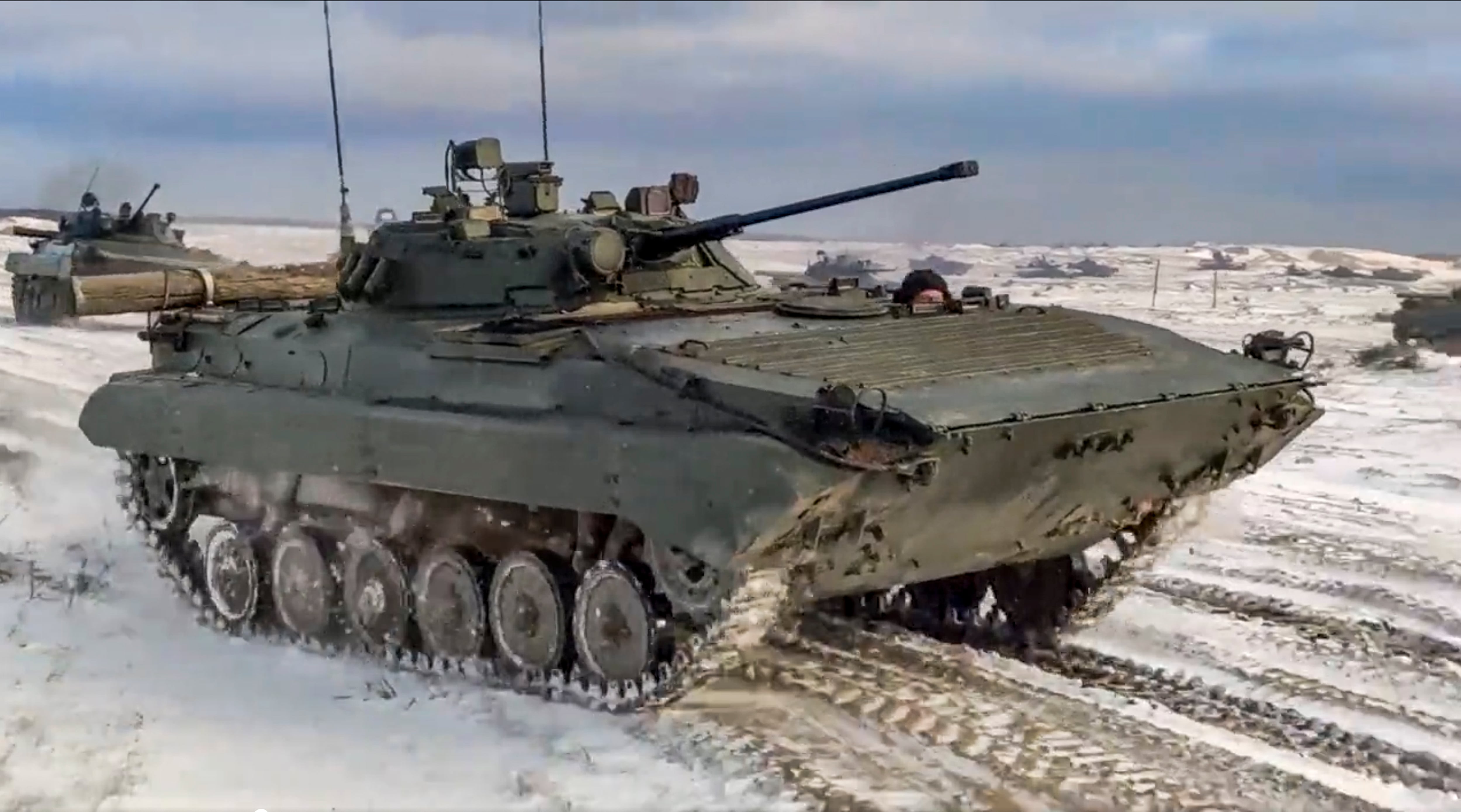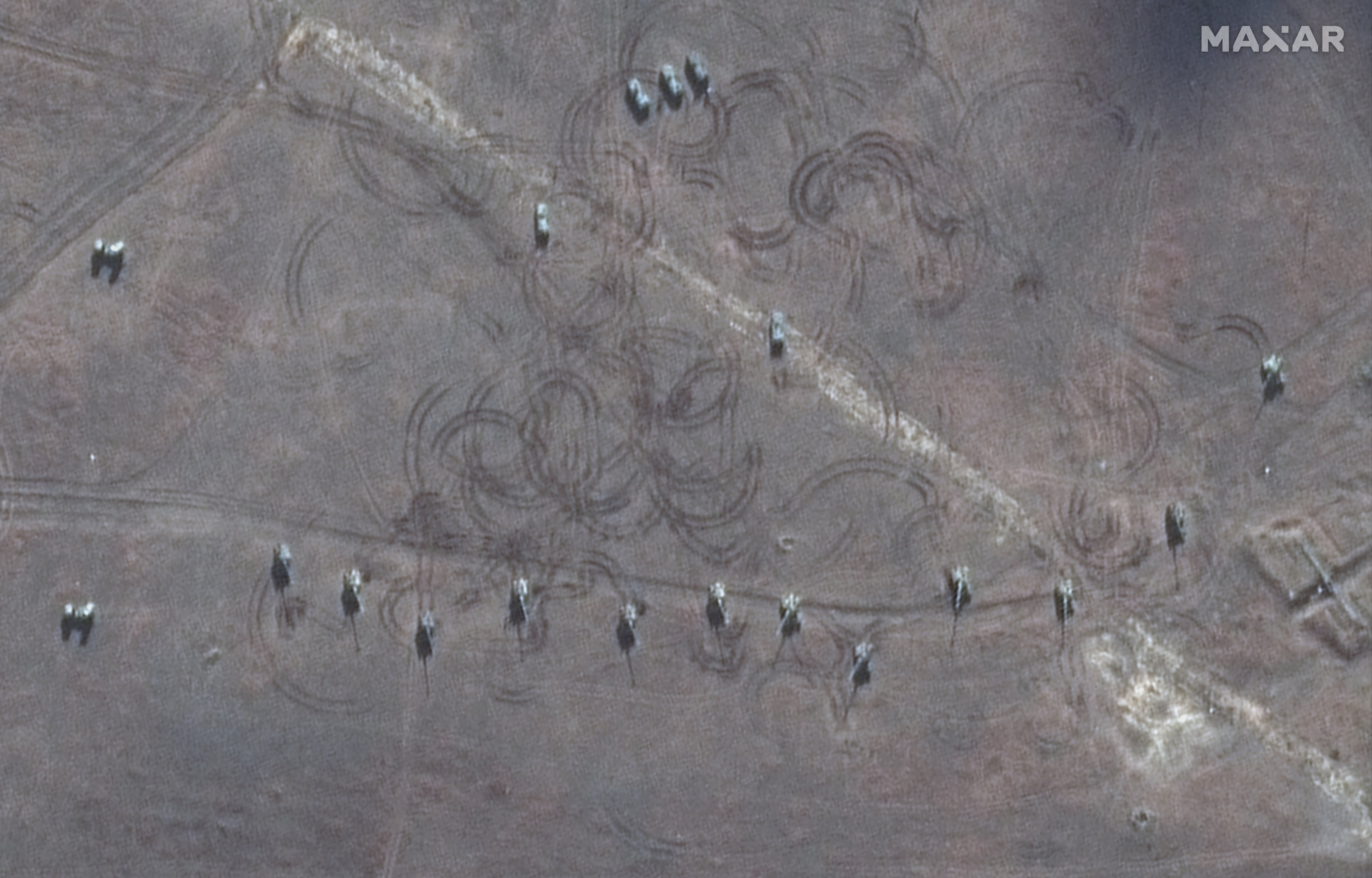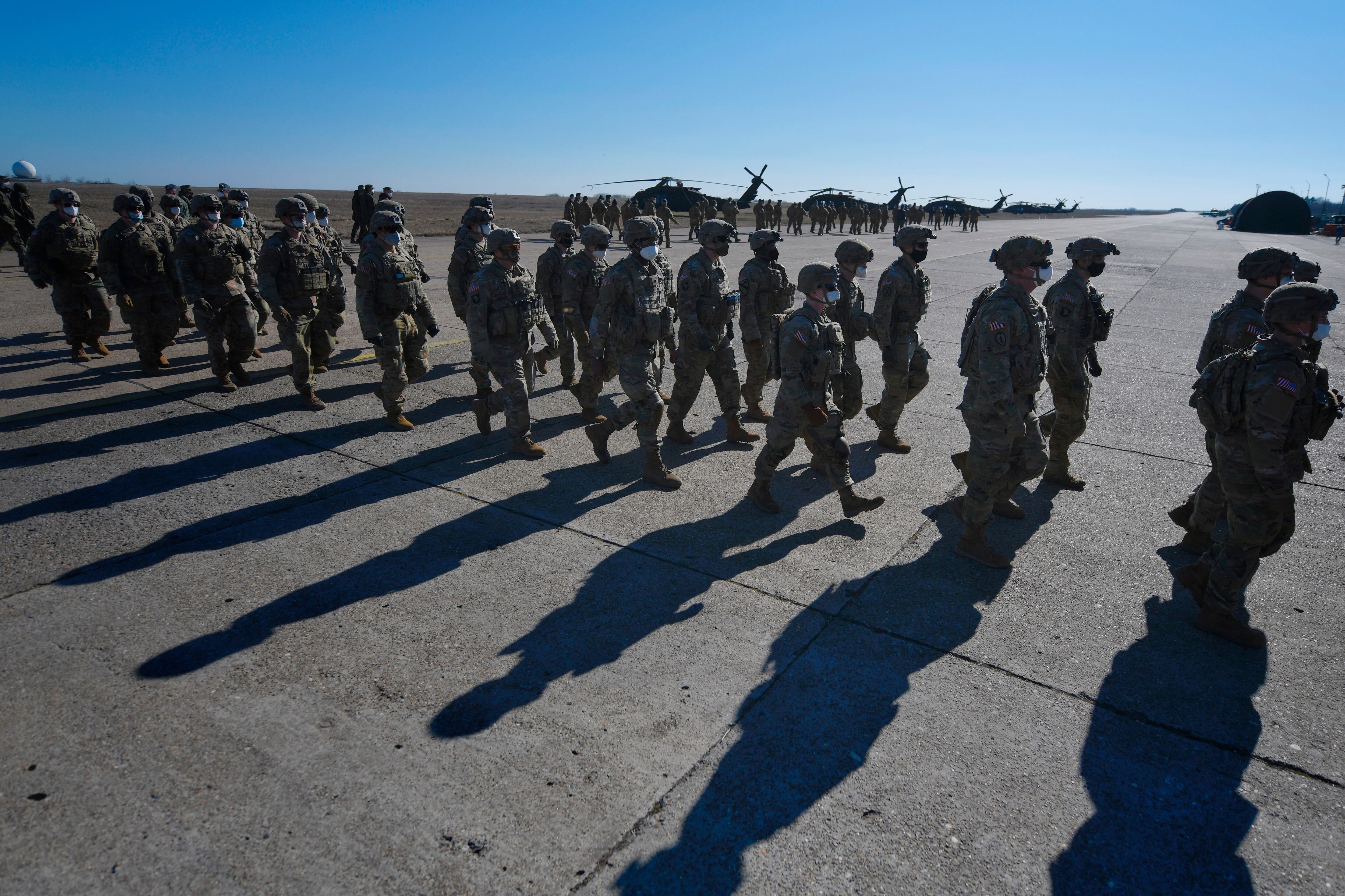The White House on Friday delivered its sternest warning yet to American civilians in Ukraine: Get out now, because the U.S. military won’t help rescue you if Russia invades.
“We obviously cannot predict the future. We don’t know exactly what is going to happen,” White House national security advisor Jake Sullivan told reporters during a press briefing on the latest tensions in the region. “But the risk is now high.”
“There is no prospect of a U.S. military evacuation in the event of a Russian invasion … The president will not be putting the lives of our men and women in uniform at risk by sending them into a war zone to rescue people who could have left now but chose not to.”
For the last two months, Ukrainian officials have been preparing for another possible military conflict with its neighbor as Russian military forces have massed along the country’s border.
RELATED

U.S. and NATO officials have repeatedly warned Russian leaders that any new invasion into Ukraine would trigger “severe consequences,” to include economic and political sanctions. But President Joe Biden has also repeatedly vowed not to get involved in a direct military fight with Russia in Ukraine.
Sullivan said that contrary to past reports that said Russia would not consider a military advance until the end of the month, White House officials believe that an invasion “could begin any day now,” although he emphasized that officials are not sure if Russian President Vladimir Putin has made a decision on that action.
While the U.S. is sounding the alarm, officials in Kyiv say Russia is not yet ready to launch a “massive” attack, a Ukrainian military official told Military Times.
“Besides increasing the number of [battalion tactical groups] around Ukraine and continuing keeping diplomatic and political pressure on, nothing has changed,” said the official, speaking anonymously to provide an assessment of the situation. He cited a combination of weather not conducive to armor vehicle movements, U.S. and allied diplomacy and regional military movements and internal Russian dissent and fear of a wider conflict as reasons.
In recent weeks, the White House has ordered about 3,000 American troops into the region in a show of force. In addition, four Navy destroyers were recently deployed to the U.S. 6th Fleet area of operations to support NATO allies.
RELATED

Sullivan said on Friday that American citizens in Ukraine should not view those moves as an assurance that individuals can be safely evacuated if Russia attacks.
“These are not soldiers who are being sent to go fight Russia in Ukraine,” he said. “They are not going to war in Ukraine. They’re going to defend NATO territory, consistent with our obligations. They are defensive deployments, they are non-escalatory.”
On Jan. 23, State Department officials ordered all family members of U.S. Embassy personnel out of Ukraine amid increasing safety concerns in the region. White House press secretary Jen Psaki said that American citizens in Ukraine who are facing difficulty leaving the country now can contact the embassy for assistance.
RELATED

Sullivan said officials did not know exactly how many Americans are currently in Ukraine because individuals are not required to register their movements with U.S. government officials. But he warned that everyone in the country is at risk, regardless of their citizenship.
“If a Russian attack on Ukraine proceeds, it is likely to begin with aerial bombing and missile attacks that could obviously kill civilians without regard to their nationality,” he said. “No one would be able to count on air or rail or road departures once military action got underway.”
Despite amassing more than 100,000 troops near Ukraine, Putin continues to insist that he has no plans to invade Ukraine and that the military moves are designed to counter growing NATO threats on the Russian border.
Military Times senior managing editor Howard Altman contributed to this report.
Leo covers Congress, Veterans Affairs and the White House for Military Times. He has covered Washington, D.C. since 2004, focusing on military personnel and veterans policies. His work has earned numerous honors, including a 2009 Polk award, a 2010 National Headliner Award, the IAVA Leadership in Journalism award and the VFW News Media award.




